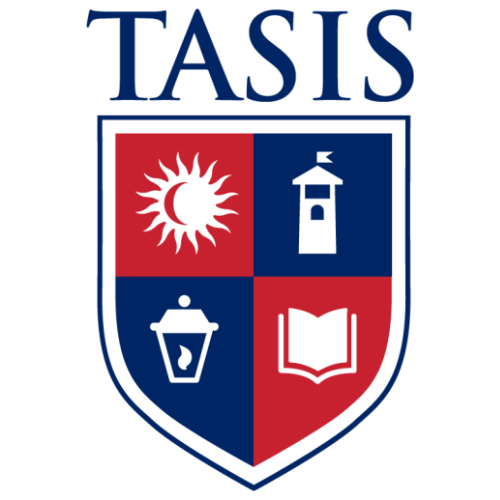compiled by the FAWCO Education Team
Now more than ever, it is critical that we shine a spotlight on how we support our learners and teachers as they work to bridge the gap from secondary to post-secondary learning and/or careers. SDG Targets 4.3, 4.4 and 8.6 set lofty goals for this focus, and we are happy to share stories and resources from people and organziations that are leading the way.
Pallavi Abraham: Teachers Supporting Teachers, Chicago 
The first day of ninth grade orientation sounded like this: “I’m going to have Mr. Simpson – he’s hilarious and you actually pass the AP exam!” and “I heard Ms. Naj actually helps you with your college essays!” Even at that age, we knew that our teachers could make or break our school experience. In a high-quality suburban school such as mine, the teachers were the institution – bringing joy, a rigorous curriculum and access to post-secondary options to generations of students.
Fast forward to the first years of my career in education, when I was working in Chicago’s most under-resourced neighborhoods. It was there where I witnessed the rotating door of new teachers filling positions left vacant by their experienced and yet exhausted peers.
In schools the key resource has been, and will continue to be, excellent teachers, as we know they are the primary in-school influence on student achievement. However, 50% of teachers in the US leave within the first five years and are 50% more likely to leave schools serving students of color. While it is well established that all teacher turnover is expensive, costing the US over $7 billion each year and detrimental to student achievement, low retention rates become understandably more problematic when they involve a school’s best teachers.
Teachers Supporting Teachers (TST) was founded to break this cycle – investing in retaining the excellent educators who are working to provide equal access to opportunity for our historically marginalized students. For example, this year TST is working to empower a team of senior educators at Kennedy High School on Chicago’s southwest side, a school where a majority of students come from low-income households. This excellent team of teachers is leading targeted efforts to improve graduation rates and college enrollment through mentoring and post-secondary planning with students and families. With the support of TST, this team of educators is not only changing outcomes for students, but fostering collective responsibility and long-term commitment to their campus.
Especially today, with all the changes the COVID-19 crisis has brought upon us, we know that now more than ever, our students, families, and communities deserve teachers who are armed to lead transformational change in their schools for generations to come, and TST is helping to lead that charge.
Lee D. Lambert, J.D.: Chancellor, Pima Community College, Arizona
A key part of Pima Community College’s mission is bridging the gap between education and employment. The economic dislocation caused by the COVID-19 pandemic has intensified our commitment to help our constituents in Southern Arizona embark on in-demand careers. Working adults, who comprise an ever-larger part of our student body, have expressed increased interest in furthering their education, especially through short-term, non-degree skills training.
In the last six months of 2020, the College engaged in a series of initiatives that are designed to reskill displaced workers as well as traditional community college students:
- Amazon Web Services: Pima is part of a statewide consortium working to increase access to cloud computing education to thousands of students across Arizona. Amazon Web Services and the Arizona Commerce Authority are supporting the endeavor. The statewide implementation of the AWS Academy among Arizona's community colleges will better position our state and our students for cloud computing and artificial intelligence jobs, now and well into the future.
- Community College Growth Engine Fund: We are one of only six community colleges selected for the fund, an initiative of Education Design Lab. Pima will focus on training unemployed and underemployed Southern Arizonans so they can find jobs in important sectors of the region’s economy through completion of micro-pathways and other short-term training.
- Reskilling and Recovery Network: We have joined the state’s community colleges and numerous Arizona businesses and government organizations in a multistate collaboration to help Americans who have lost jobs due to the pandemic and to help local economies recover to their pre-COVID levels. Pima is leading the Steering Team effort.
The pandemic has provided Pima the opportunity to expose the unemployed and under-employed to programs that take a few months – or in some cases, a few weeks – to complete. The College recognizes that for both employers and employees, time is of the essence. Everyone benefits by quickly getting people back to meaningful work.
Photo Credit: Gabriel Tovar on Unsplash


